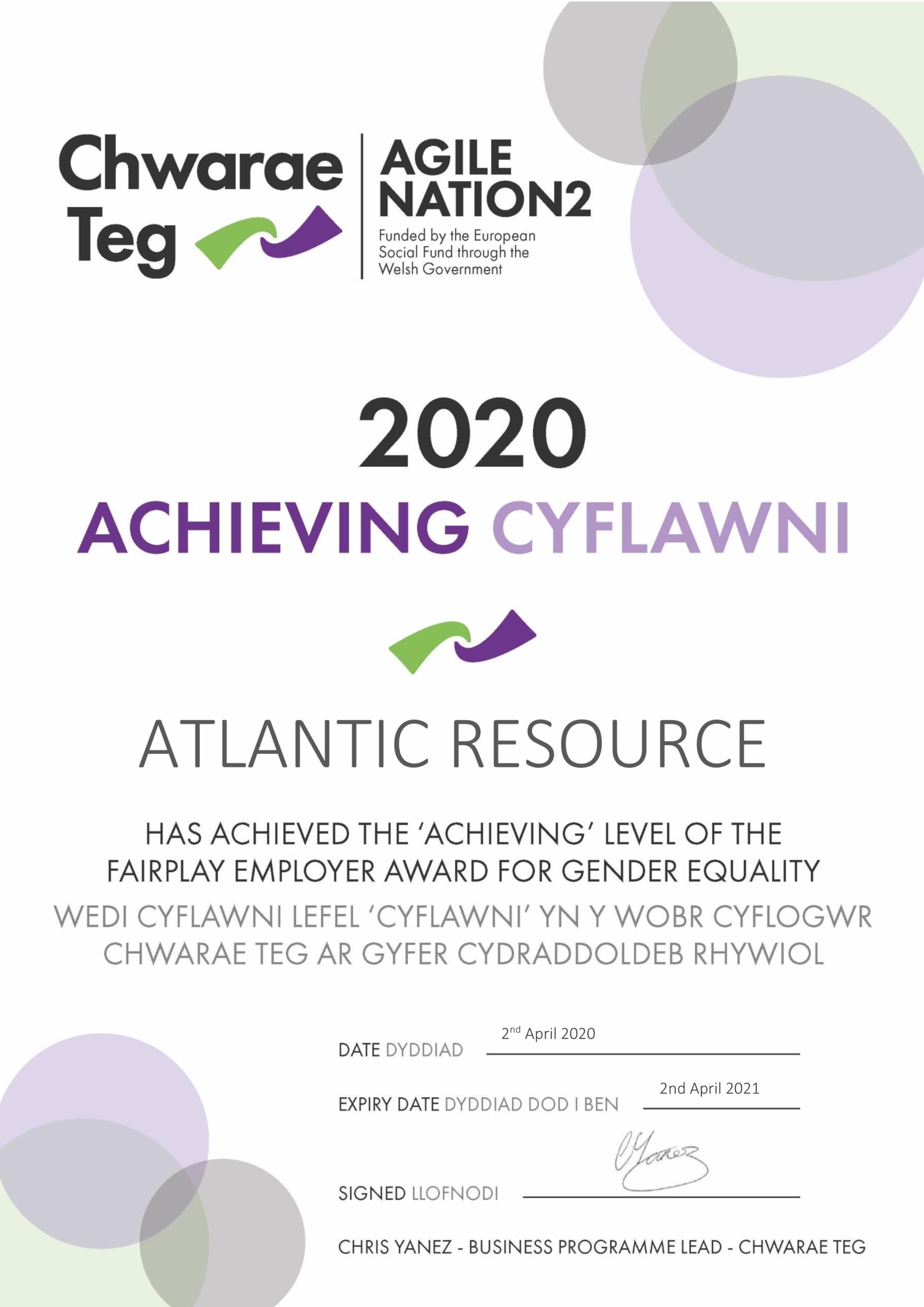For most people and businesses, social media is now accepted as a necessity. Perhaps also a necessary evil or a difficult obligation, but it’s here and it’s not going away anytime soon.In the workplace, LinkedIn and Twitter are vital to managing a professional online identity. If you’re a job seeker, or might become a job seeker in the foreseeable future, to have neither profile could easily work against you. It helps people to find you and know who you are, and it shows that you’re comfortable using social media. There are certain things about social media that put people off. They might try and struggle to get to grips with Twitter, before giving up.One of these things is the discomfort that comes with having to write about ourselves. It’s a strange and awkward thing, having to summarise yourself with so few words. You’re a deeply complicated individual, right? How is it even possible? Or we might get shy. Who’d really be interested in little old me anyway?Still, it needs to be done. You might be surprised. Here are some tips on how to kick off.1. Look Around YouIn putting together a brief professional bio for your Twitter or LinkedIn profile, look around at other people’s bios and take note of common styles, words and content – geek, guru, hero, jedi.Then try to be different. Maybe tea-drinking or dog-walking habits won’t be the most captivating for a potential hiring manager. Save those for Facebook if you like. And you CAN be different. It just takes a little longer.2. Active WordsWith the longer form on LinkedIn, consider how you can make it grab the readers’ attention by using active verbs. Tell us what you built, or created, or organised, designed or enhanced…. Show off about your achievements and what a difference you’ve made. If there are hard, quantifiable numbers, use them. Spell out precisely how you were involved in a project.3. Think Of SearchYou want relevant people to be able to find you, so you’re going to have to include the keywords within any bio. If you’re a project administrator, include those very words. If you’re dedicated to a certain industry, or have half an eye on one you’d like to move into, mention your interest in the space.4. Consider the picturesFor professional profiles, your main profile image shouldn’t be of you on a night out. Don’t just whack in whatever image fits. Make sure it reflects how you would want to present yourself to a potential employer at a job interview.Equally, you might want to think about styling and designing a twitter page to show off any marketing flair or creativity.5. Don’t rushThere’s no need to rush this and get it done as-soon-as-you-possibly-can. It needs a bit of time and thought. Sections like a Twitter bio might look small, given the small character limit, but that can make it even more difficult. Play around with different versions, experiment with light humour. But keep it focused, credible and relevant to you and your profession, including those keywords.6. Don’t fear differenceIn trying to stand out, we must make an effort and take a small risk or two. Play with different combinations of words to see what works for you, be inventive. Providing it makes sense and is easily understandable, it can work. You’re more likely to stick in someone’s mind or earn a new follower if you’re memorable.7. Keep It Joined Up (Or Locked Down)If you’re already using social media and have done for some time, you might consider how consistent your identity and behaviour is across different channels. If you’re more relaxed on Facebook, remember people can still search, find and access your posts there – depending on your security settings. It could be worth revisiting those settings. Equally, if you’re on Instagram or Pinterest, thing about whether your posts there reflect the message you want to be presenting professionally.
There are certain things about social media that put people off. They might try and struggle to get to grips with Twitter, before giving up.One of these things is the discomfort that comes with having to write about ourselves. It’s a strange and awkward thing, having to summarise yourself with so few words. You’re a deeply complicated individual, right? How is it even possible? Or we might get shy. Who’d really be interested in little old me anyway?Still, it needs to be done. You might be surprised. Here are some tips on how to kick off.1. Look Around YouIn putting together a brief professional bio for your Twitter or LinkedIn profile, look around at other people’s bios and take note of common styles, words and content – geek, guru, hero, jedi.Then try to be different. Maybe tea-drinking or dog-walking habits won’t be the most captivating for a potential hiring manager. Save those for Facebook if you like. And you CAN be different. It just takes a little longer.2. Active WordsWith the longer form on LinkedIn, consider how you can make it grab the readers’ attention by using active verbs. Tell us what you built, or created, or organised, designed or enhanced…. Show off about your achievements and what a difference you’ve made. If there are hard, quantifiable numbers, use them. Spell out precisely how you were involved in a project.3. Think Of SearchYou want relevant people to be able to find you, so you’re going to have to include the keywords within any bio. If you’re a project administrator, include those very words. If you’re dedicated to a certain industry, or have half an eye on one you’d like to move into, mention your interest in the space.4. Consider the picturesFor professional profiles, your main profile image shouldn’t be of you on a night out. Don’t just whack in whatever image fits. Make sure it reflects how you would want to present yourself to a potential employer at a job interview.Equally, you might want to think about styling and designing a twitter page to show off any marketing flair or creativity.5. Don’t rushThere’s no need to rush this and get it done as-soon-as-you-possibly-can. It needs a bit of time and thought. Sections like a Twitter bio might look small, given the small character limit, but that can make it even more difficult. Play around with different versions, experiment with light humour. But keep it focused, credible and relevant to you and your profession, including those keywords.6. Don’t fear differenceIn trying to stand out, we must make an effort and take a small risk or two. Play with different combinations of words to see what works for you, be inventive. Providing it makes sense and is easily understandable, it can work. You’re more likely to stick in someone’s mind or earn a new follower if you’re memorable.7. Keep It Joined Up (Or Locked Down)If you’re already using social media and have done for some time, you might consider how consistent your identity and behaviour is across different channels. If you’re more relaxed on Facebook, remember people can still search, find and access your posts there – depending on your security settings. It could be worth revisiting those settings. Equally, if you’re on Instagram or Pinterest, thing about whether your posts there reflect the message you want to be presenting professionally. 8. Remember you can always editThis is the internet. Nothing is set in stone and profiles are editable all the time. If you’ve decided to go with something and a few days or weeks on, it’s still not sitting quite right with you, or you’ve had some feedback, you can change it. Maybe not every day or week, but don’t be scared to hack around with a bio or a profile once it’s gone live. It’s always a work in progress and it’s always there to be updated and improved.It is a difficult thing to take to, particularly if you’re not really that way inclined. Lots of people have lots of different views about how it should be done. The main thing is that you should be comfortable with how you’re doing it, without putting your professional reputation at risk.Take a look at the type of office jobs Atlantic Resource hires for.
8. Remember you can always editThis is the internet. Nothing is set in stone and profiles are editable all the time. If you’ve decided to go with something and a few days or weeks on, it’s still not sitting quite right with you, or you’ve had some feedback, you can change it. Maybe not every day or week, but don’t be scared to hack around with a bio or a profile once it’s gone live. It’s always a work in progress and it’s always there to be updated and improved.It is a difficult thing to take to, particularly if you’re not really that way inclined. Lots of people have lots of different views about how it should be done. The main thing is that you should be comfortable with how you’re doing it, without putting your professional reputation at risk.Take a look at the type of office jobs Atlantic Resource hires for.






